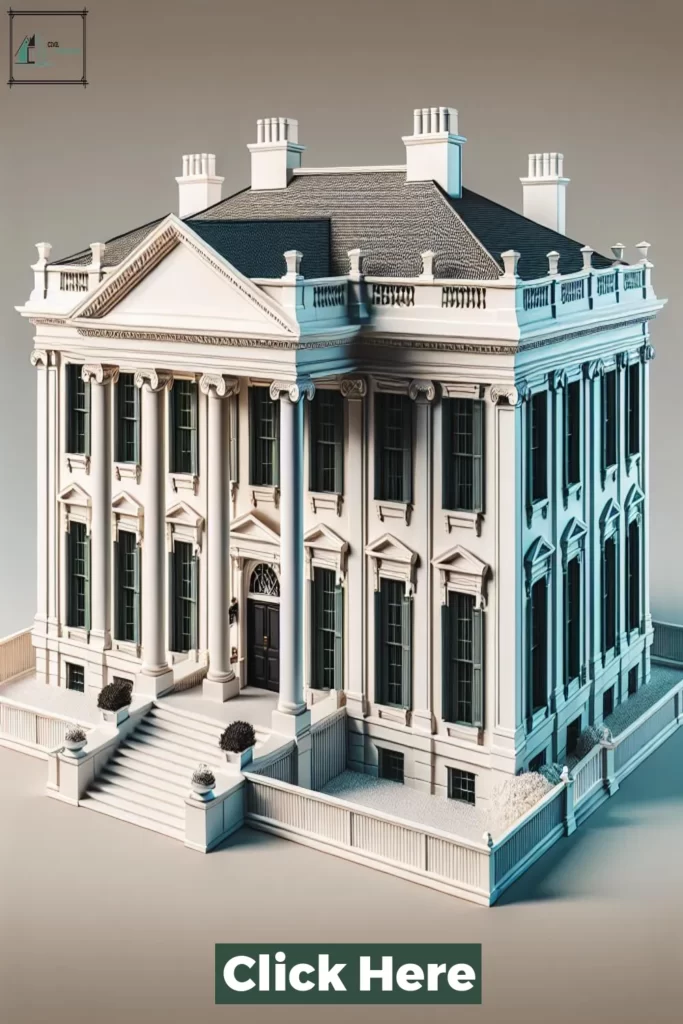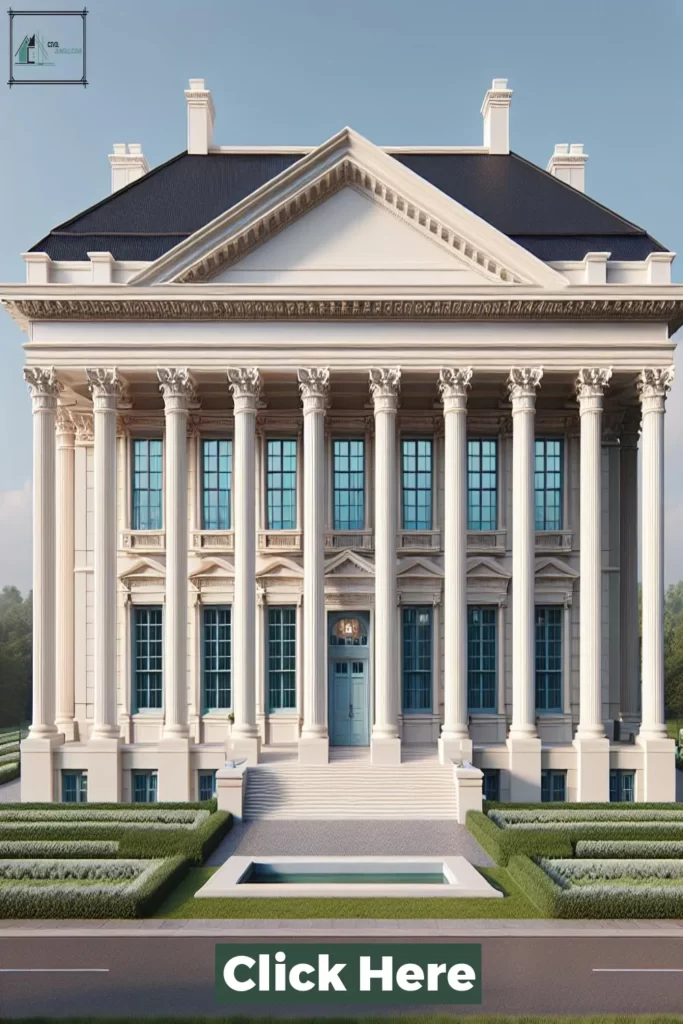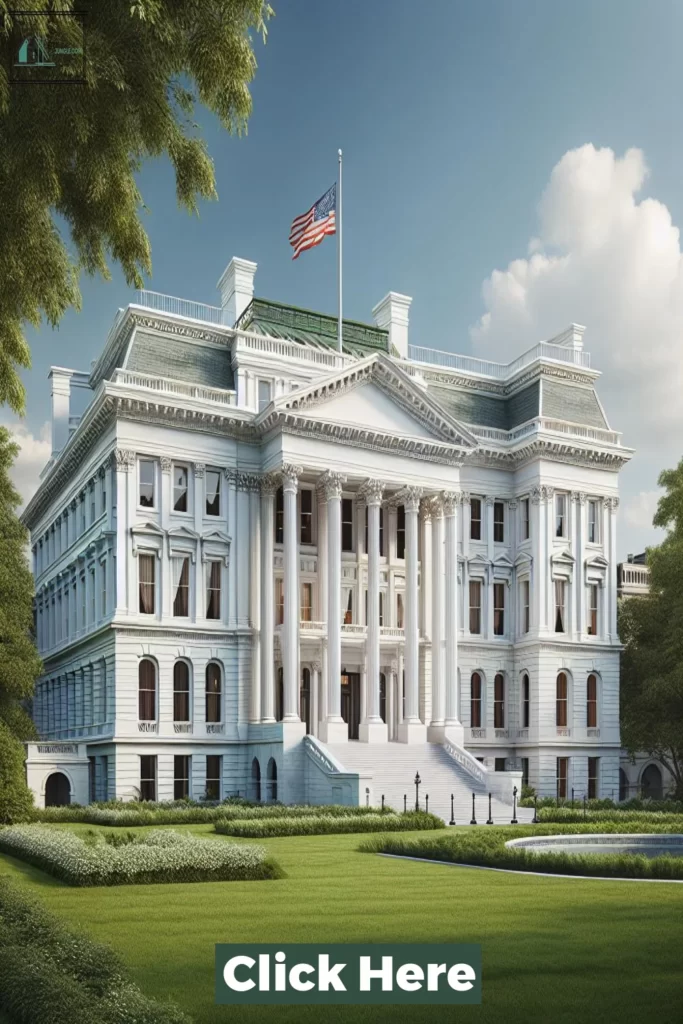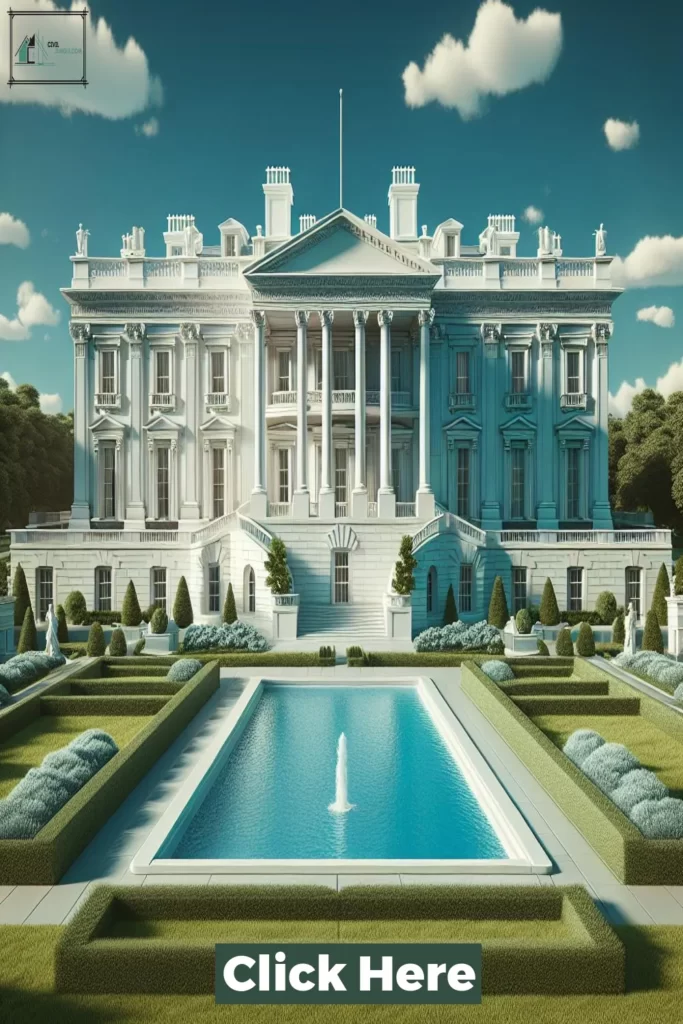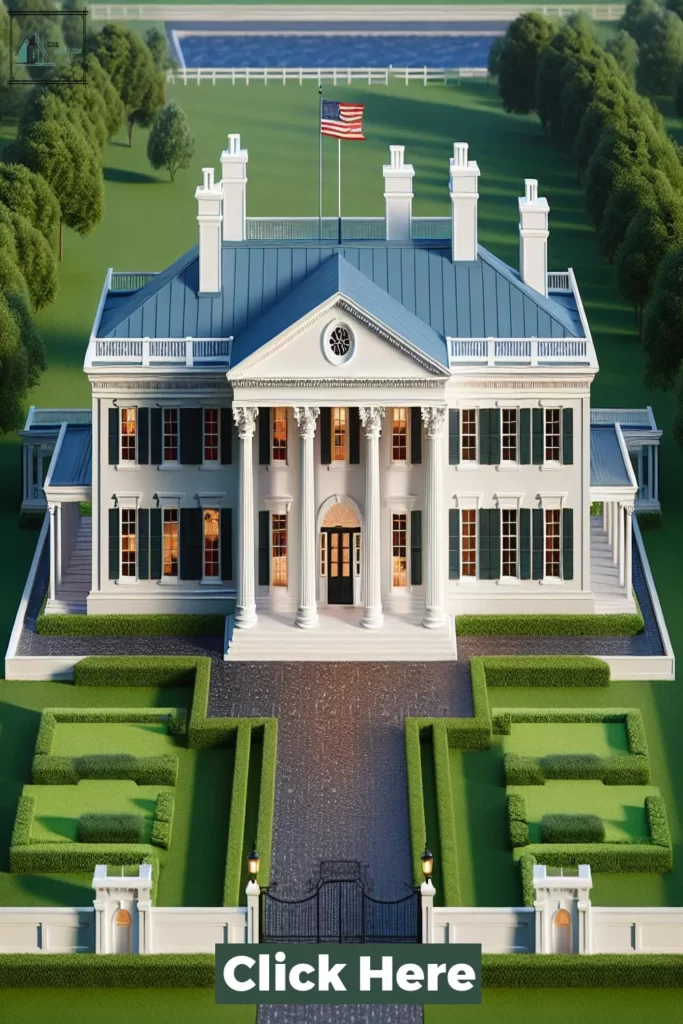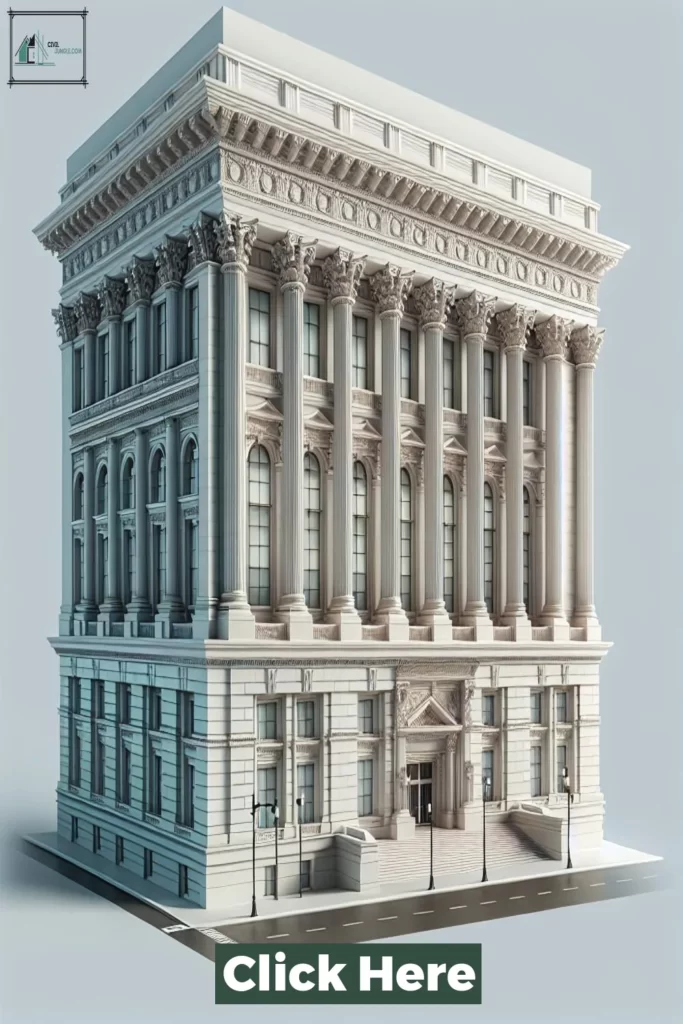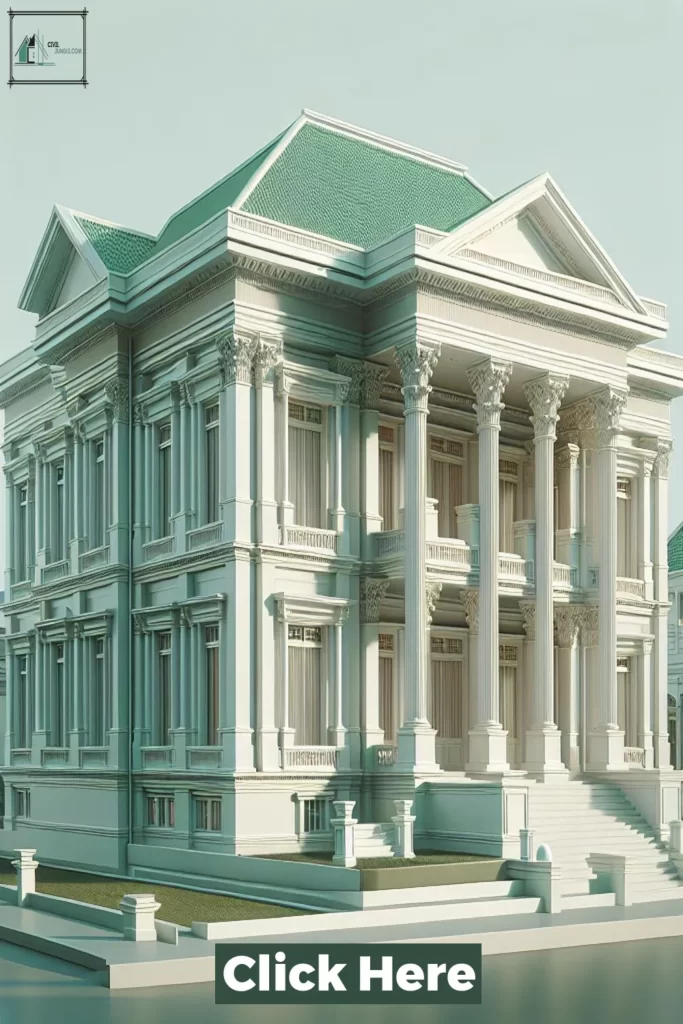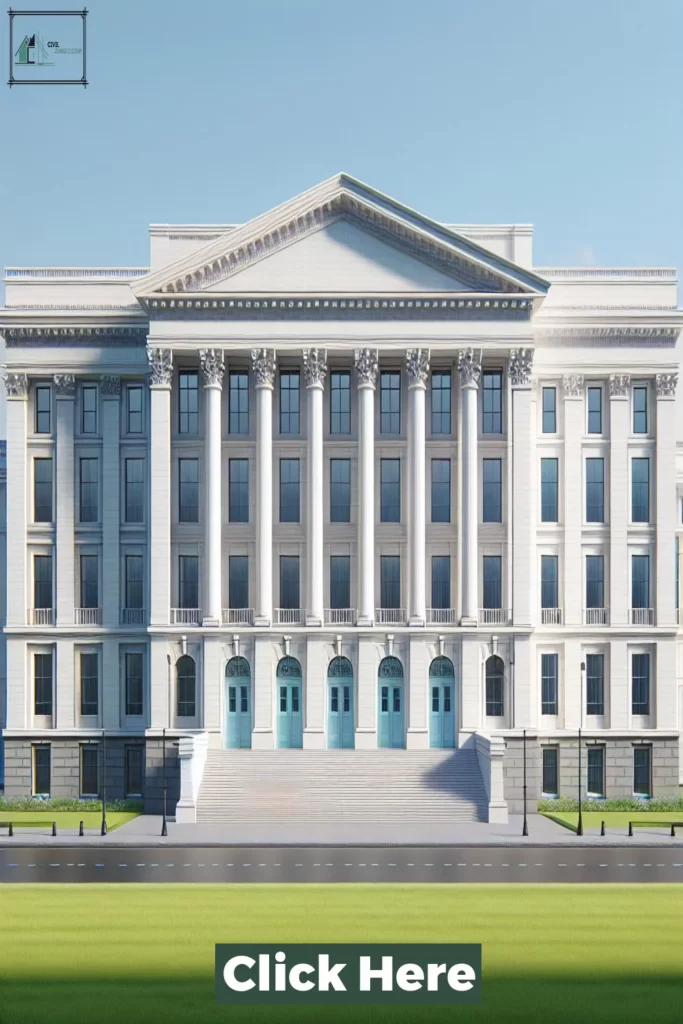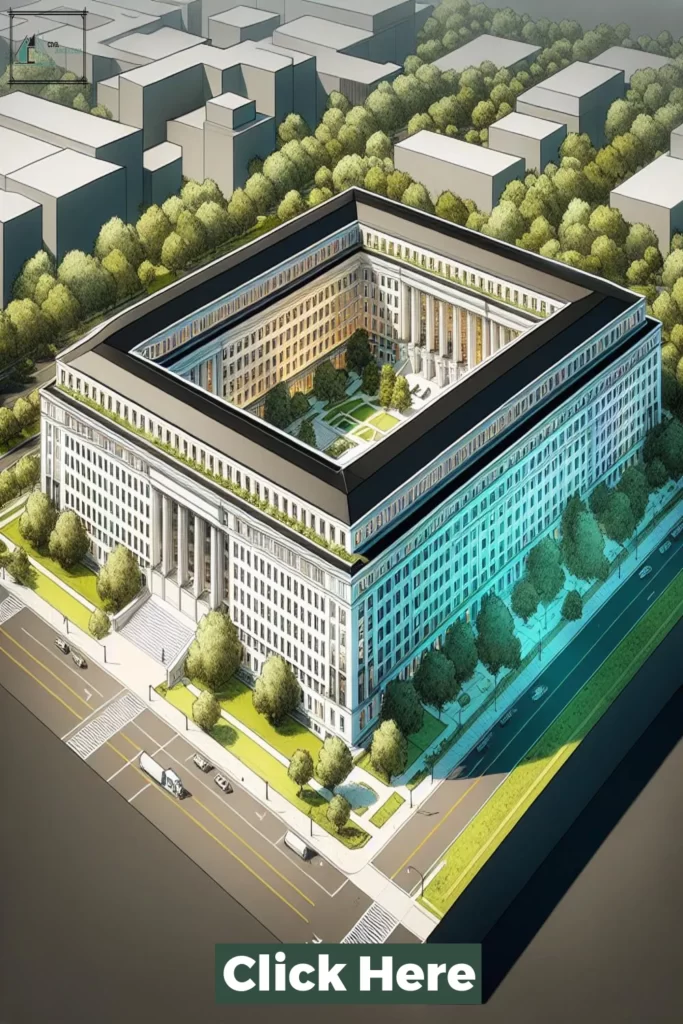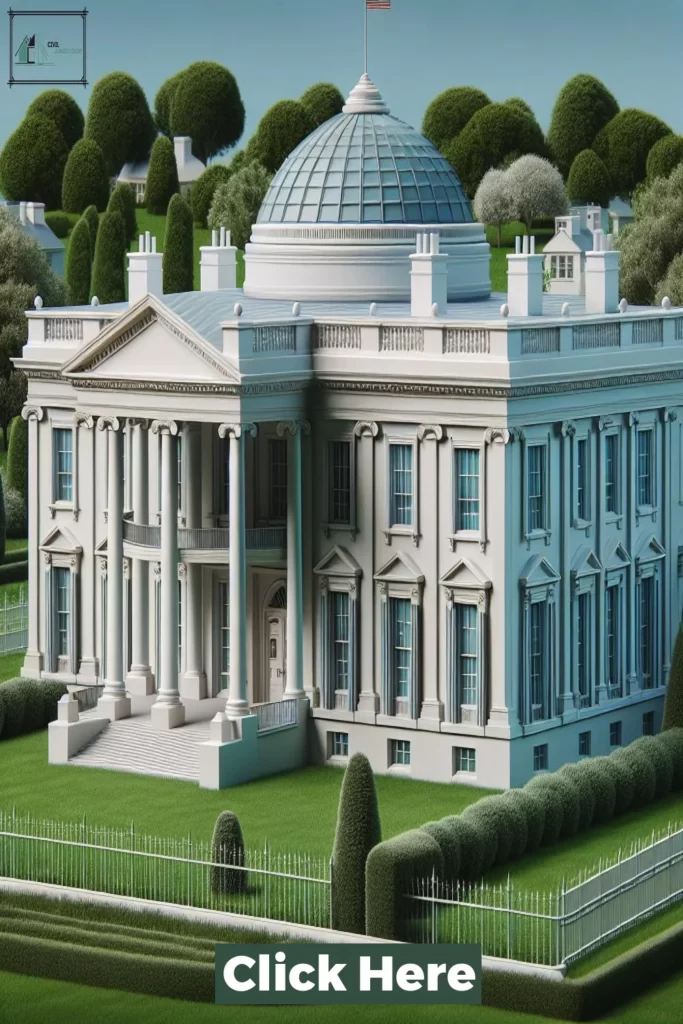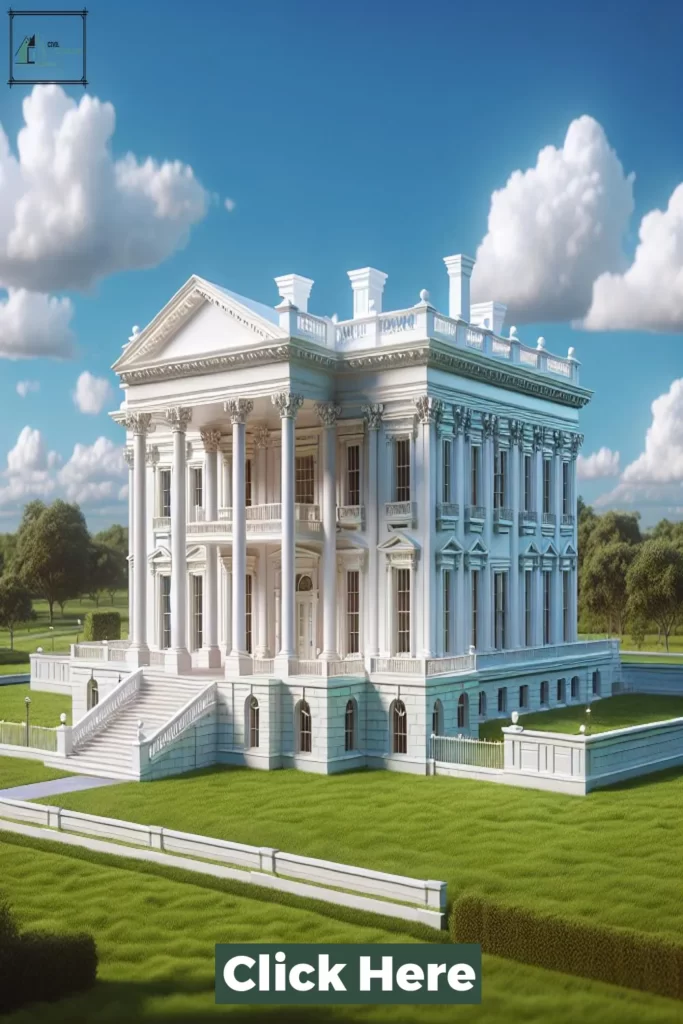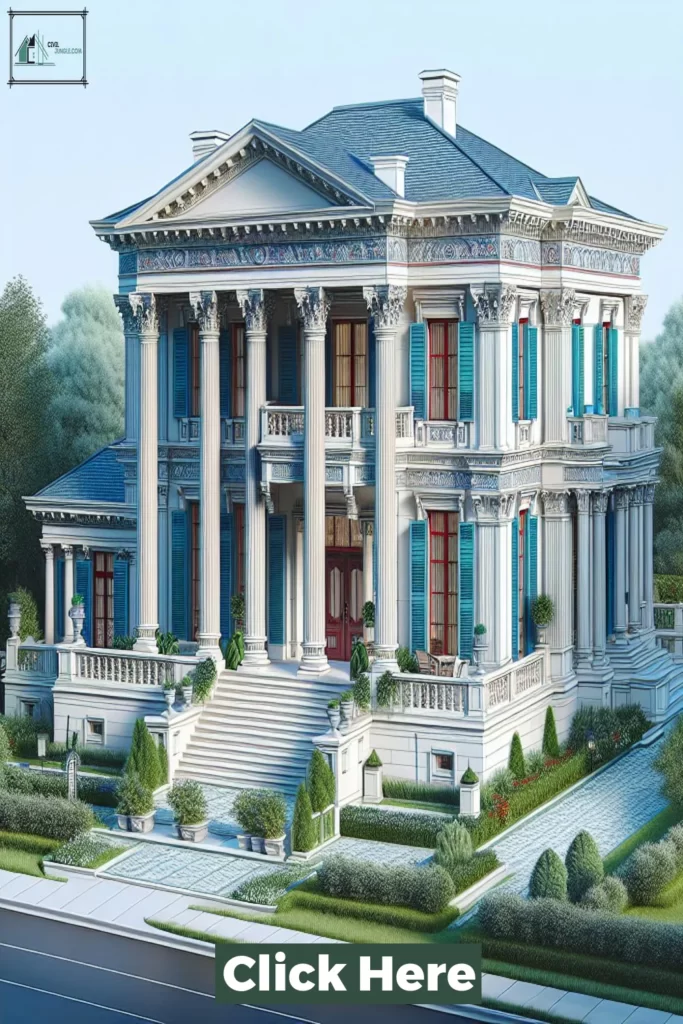The White House, the iconic residence and workplace of the President of the United States, has gone through numerous transformations since its construction in 1792.
One of the most noticeable changes has been its exterior colors, which have varied from vibrant blues to muted beiges.
In this article, we will take a closer look at the top 16 White House color schemes throughout history, exploring the significance and symbolism behind each choice.
From bold statements to subtle changes, these colors not only reflect the personal tastes of the presidents and their families but also serve as a representation of the evolving American society.
So, let’s dive into the White House’s colorful history and discover the unique stories behind its most memorable color schemes.
White House Color Scheme
Important Point
Also, Read: White Bedroom Ideas
Also, Read: Top 32 Modern White Bedroom Idea
The White House, located in Washington D.C., is one of the most iconic and recognizable buildings in the world. Built in the neoclassical style, the White House has a simple and elegant color scheme that adds to its grandeur and historical significance.
The color scheme of the White House is primarily composed of whites and creams, with accents of grey and black. This color palette was chosen to create a sense of grandness and timelessness, as well as to evoke a feeling of purity and cleanliness.
The exterior of the White House is painted in a bright shade of white known as “White House white.” This color was specifically created for the White House and is a combination of white, yellow, and ochre pigments.
It was designed to stand out against the blue skies of Washington D.C. and is often used in other government buildings and monuments in the city.
The columns and other decorative elements on the exterior of the White House are also painted in shades of white, creating a harmonious and cohesive look.
The window frames, shutters, and doors are painted in a darker shade of grey, adding contrast and depth to the overall color scheme.
Moving to the interior, the color scheme continues to exude a sense of grandeur and elegance. The walls are painted in shades of ivory and cream, with the occasional use of pale yellow or light blue for a pop of color.
These soft and neutral tones create a calming and peaceful atmosphere, while also providing a beautiful backdrop for the intricate architectural details found throughout the White House.
The woodwork and trim in the White House are mostly painted in shades of white or cream, with some areas painted in a dark shade of brown. This adds warmth and depth to the interior design and complements the other colors in the scheme.
In addition to the color scheme, the White House also incorporates gold accents throughout, adding a luxurious touch to the overall design. These gold accents can be found in the form of chandeliers, fixtures, and other decorative elements.
Overall, the color scheme of the White House is a perfect reflection of its significance as a symbol of American democracy.
The use of whites, creams, and gold evokes a sense of purity, elegance, and timelessness, making the White House an enduring symbol of American history and pride.
Conclusion
In conclusion, the White House has undergone numerous color schemes over the years, reflecting the changing tastes and styles of each presidential administration.
From classic whites and creams to bolder choices like pink and yellow, each color scheme has left its own mark on the iconic building.
Whether reflecting political ideologies or simply personal preferences, the top 40 White House color schemes showcase the diverse and ever-evolving nature of American history and design.
As we continue to see changes in the White House, we can be sure that new color schemes will emerge, adding to the rich and colorful history of this symbol of presidential power.
Like this post? Share it with your friends!
Suggested Read –



